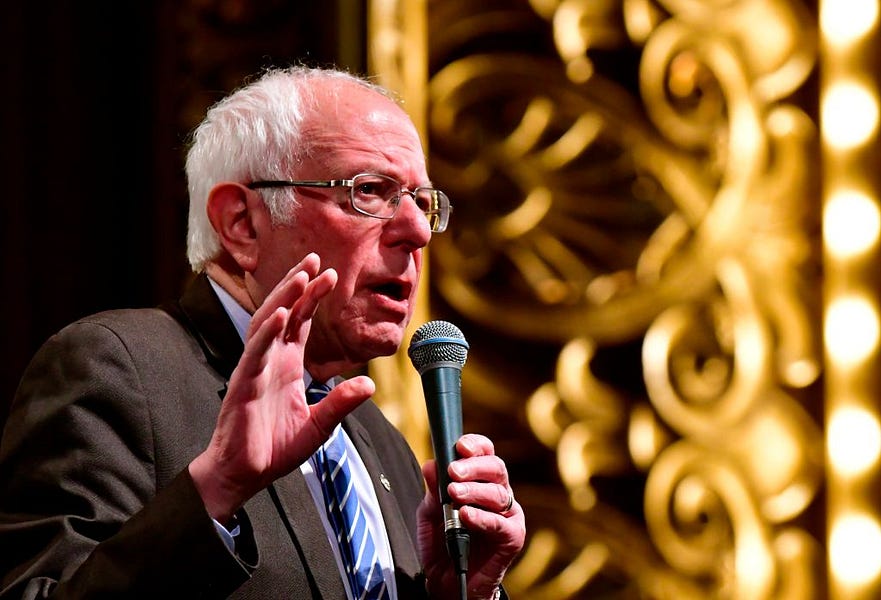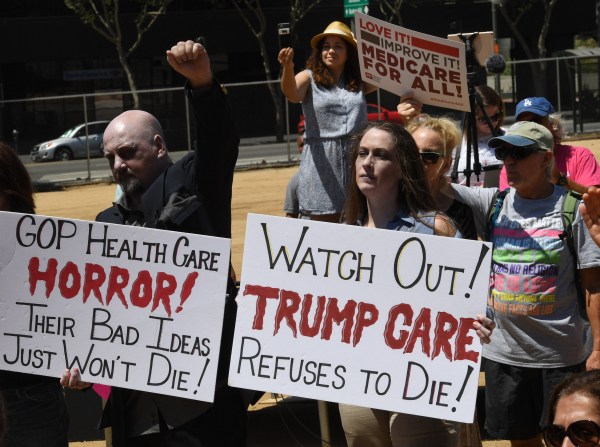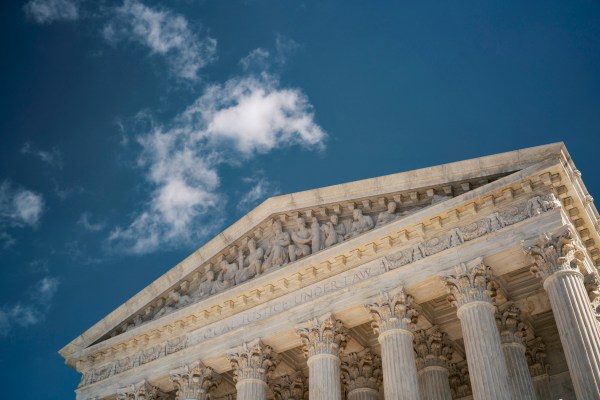What if everything we think we learned in the wake of the 2016 election was … wrong?
As of late Tuesday night, Joe Biden was outperforming Hillary Clinton’s 2016 performance in many Michigan counties by double digits. Last week, Sanders’ share of young voters actually fell from four years ago. Many have viewed this as a consolidation of the moderate wing of the Democratic Party around Joe Biden. But if Sanders’ numbers so far—even among young voters—are lower than they were in 2016, perhaps the perceived strength of Bernie’s progressive movement four years ago was always better explained as an anti-Hillary vote.
And if that’s the case, what does that mean for President Trump’s re-election chances in November?
Throughout the 2016 Democratic primary, turnout numbers were significantly lower than they had been in 2008. That was chalked up to the “once in a generation” candidacy of Barack Obama and the enthusiasm that it spurred across demographics that no candidate could be expected to replicate in 2016. Sanders won 23 contests that cycle, and Clinton didn’t clinch the nomination until June after a single-digit win over Sanders in California. Bernie Sanders’ strong performance—running as a self-described socialist who was suddenly turning out large and enthusiastic crowds with his anti-corruption message—surprised everyone, including the Clinton team.
And when Clinton lost the White House later that year, not surprisingly, there was a turnout problem: More than 8 million Obama voters from 2012 voted for Donald Trump, and another 4.4 million simply stayed home.
This time around, Sanders argued that the movement he started in 2016 was the only thing that could expand the Democratic electorate. But when the primaries actually started, the results told the opposite story.
Turnout in Iowa last month increased less than 3 percent over 2016—and the biggest increases were seen in precincts that Sanders actually lost. South Carolina, on the other hand, saw record turnout that actually surpassed 2008 numbers despite Sanders’ resounding defeat.
The turnout numbers from Super Tuesday are even more interesting. Overall, turnout was up 33 percent from 2016, but it doesn’t look like any of that increase came from Sanders supporters. Take Virginia: Youth turnout declined by 3 percent, but support for Sanders among those young voters decreased by double digits, as he got 55 percent this time around compared with 69 percent against Hillary Clinton. The same thing happened in North Carolina and Alabama.
After last night’s margins, Sanders no longer has a realistic path to the nomination. So far, he has blamed the “corporate media,” the “Democratic establishment,” and former candidates Kamala Harris, Pete Buttigieg, and Amy Klobuchar who all endorsed Biden.
But maybe the explanation is a lot simpler: Perhaps Bernie Sanders won 23 contests last time around because, as the New York Times wrote, “Hillary Clinton was an unusually unpopular candidate, surpassed only by Mr. Trump in this regard in the modern era of polling.”
And that means, like Sanders, President Trump’s surprise election may have been more of a reflection of Clinton’s unpopularity too—meaning the movement that the GOP has embraced for the last three years may not be as strong as it appeared in 2016 either.
We may never know for sure, but there is some evidence in the numbers. Ahead of being re-elected to a second term, Obama, Bush, and Bill Clinton all had a net positive approval rating at this point in their presidencies. Trump’s disapproval rating is more than 10 points higher than his approval rating—as it has been consistently through the last three years. And it’s worth noting that Democrats took control of the House of Representatives in 2018 with the largest margin of victory in history for a midterm election.
Hillary Clinton was the first woman ever to secure a major party’s nomination. She won the popular vote by almost 3 million more votes than Trump. But on Election Day, more than half the country had an unfavorable view of her—double digits higher than John Kerry in 2004 or John McCain in 2008.
This month, Hulu recently released a four-hour documentary series on Hillary Clinton that recounts both her personal and professional life in the spotlight. The episodes often focus on the polarized reactions she inspired—even going back to her role in her husband’s surprise reelection loss in 1980. Maybe that has more to tell us about why Sanders’ campaign failed to catch the same momentum than it did four years ago and what the Trump campaign needs to prepare for in November.
Photograph of Bernie Sanders by Tim Vizer/AFP via Getty Images.







Please note that we at The Dispatch hold ourselves, our work, and our commenters to a higher standard than other places on the internet. We welcome comments that foster genuine debate or discussion—including comments critical of us or our work—but responses that include ad hominem attacks on fellow Dispatch members or are intended to stoke fear and anger may be moderated.
With your membership, you only have the ability to comment on The Morning Dispatch articles. Consider upgrading to join the conversation everywhere.